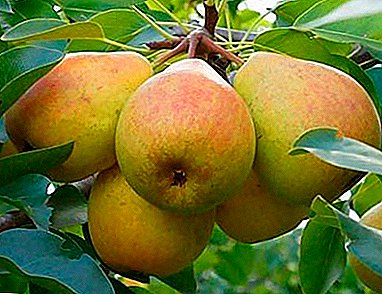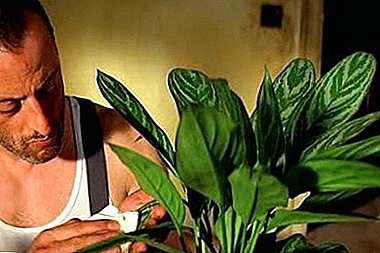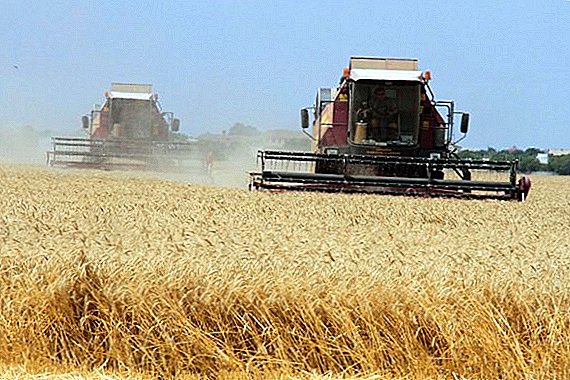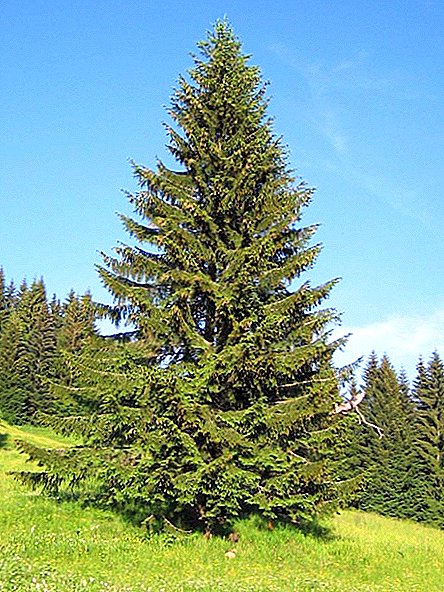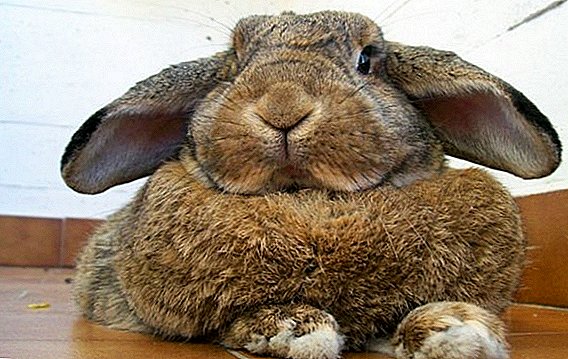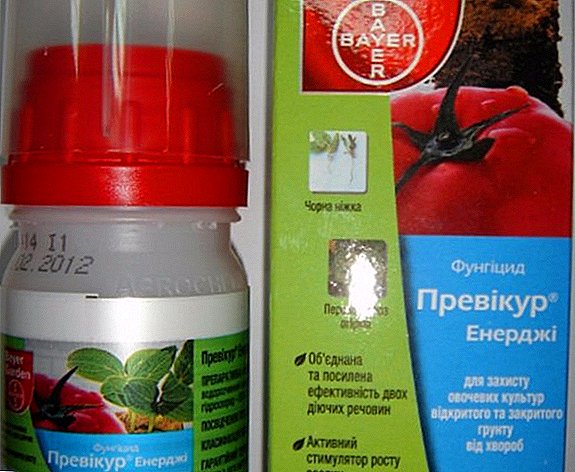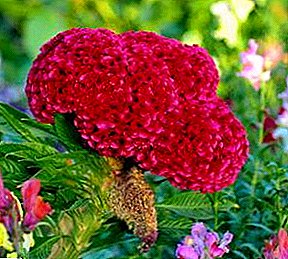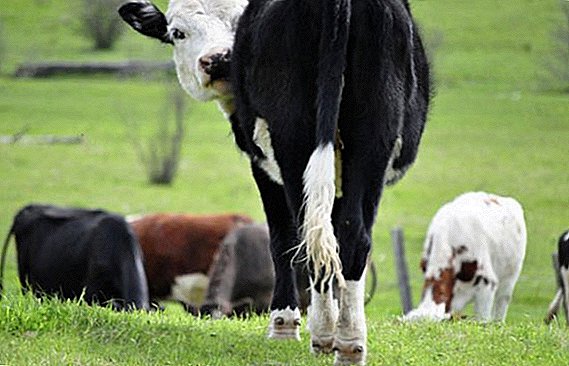 Twisting the tails of cows - an action that many frightened since childhood.
Twisting the tails of cows - an action that many frightened since childhood.
Whether this procedure actually exists and why it is used, we will describe further.
Why cow tail
Burenka, like other herbivores, is vital - with its help cattle fight against annoying gadflies, flies, gadflies and mosquitoes. If your burenka energetically wags him and behaves restlessly, this may indicate that she has got lice, and urgent measures should be taken to combat parasites.  Tailless breeds of cows do not exist, but in the 90s of the last century, their stopping was popular in New Zealand to avoid the incidence of leptospirosis in animals.
Tailless breeds of cows do not exist, but in the 90s of the last century, their stopping was popular in New Zealand to avoid the incidence of leptospirosis in animals.
Did you know? Cow's milk binds toxins in the human body, so it is usually issued at hazardous industries.
Why do cows twist tails
This is done in order to be able to control too stubborn animals. By twisting it around its axis, a person inflicts pain on a cow or a bull, which makes the animal more obedient. This tactic is often used to move cattle from a standstill. 
Is it possible to trim the tail
First, the owners try to do this for hygienic reasons - so long brush hair will not accumulate dirt and manure.
Read about the features of the structure, location and functions of the udder, heart, horns, teeth, eyes of cattle.
Secondly, attendants and milkmaids of cows with short tails may not worry about the sudden blows from which they often suffer during contact with cattle.  The technique of arresting consists in amputation of the lower quarter with the subsequent imposition of a tight bundle that impedes blood circulation in this area.
The technique of arresting consists in amputation of the lower quarter with the subsequent imposition of a tight bundle that impedes blood circulation in this area.
But there is a more humane way - with the help of a special machine or scissors, long hair on a brush is simply cut, leaving a small neat bunch.
Important! Modern studies have shown that stopping tails in cattle is meaningless, since their long tassels can in no way be the cause of the spread of leptospirosis.
Why does a cow have a soft tail
This phenomenon causes a chronic osteodystrophy disease. Its main cause is a lack of calcium and phosphorus, carbohydrates, protein and vitamin D intake. To fight the disease, cattle must be added to the diet of feed phosphates, bone and meat and bone meal, urea phosphate, and oil concentrates of vitamins A and D.  Nature itself has taken care of that the cows have the opportunity to reliably protect themselves from insects, awarding them with a long tail with a luxurious tassel. It is a vital organ for cattle, the more its mothballing has proved its meaninglessness.
Nature itself has taken care of that the cows have the opportunity to reliably protect themselves from insects, awarding them with a long tail with a luxurious tassel. It is a vital organ for cattle, the more its mothballing has proved its meaninglessness.


